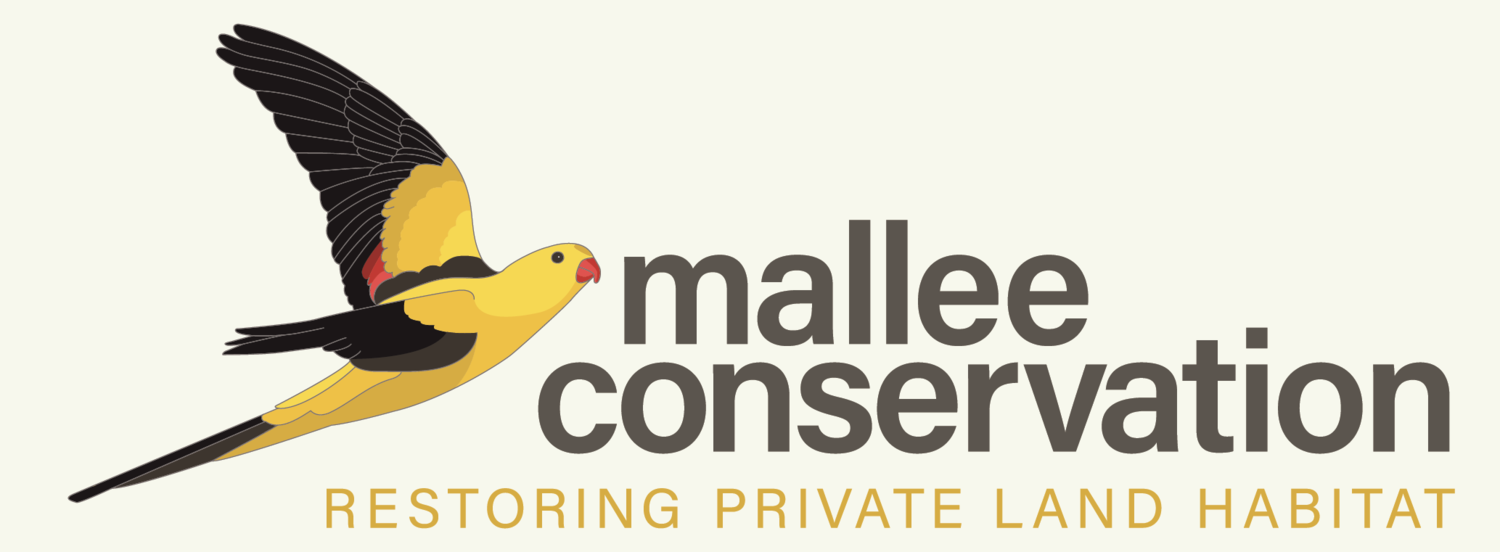Mallee Bronze Azure butterfly - east and west
Two species, the Nullabour Plain in between
There are two species of Bronze Azures that have a very similar life history. There is the Arid Bronze Azure in Western Australia (Ogyris petrina) and our Mallee Bronze Azure (Ogyris subterrestris). For a long time we thought they were subspecies, until in 2023 some very clever butterfly blokes sorted it out (1). When we visited Western Australia, we drove hundreds of kilometers to the Barbalin Nature Reserve (250 km NE of Perth) to visit the home of Ogyris petrina (we didn’t see any).
The Western Australian butterfly is listed under federal legislation (EPBC Act) as critically endangered (2). This listing has driven a lot of research, and many of the findings apply to our butterfly also. Check out the collaborative effort here - Arid Bronze Azure butterfly workshop report 2022 - perhaps we can do the same one day!
A remnant from a wetter time
But back to the Nullabour Plain …The butterflies both have a strange and highly specialised association with ants. They are myrmecophagous, meaning they eat ants! (well the caterpillars do (3)). The butterfly relies on a single species of large nocturnal sugar ant: Camponotus terebrans. The butterfly eggs are laid near the entrance to the ant nest and the entire butterfly larval and pupal stage is completed within the nest as a predator of immature ants. The ants don’t seem to mind the reversal of the ant eats caterpillar story.
This strange caterpillar-eating-ant relationship is the result of specialisation over evolutionary timescales. The Bronze Azure butterflies are in the Ogyris idmo group. The shift from phytophagous (plant-eating) to myrmecophagy (consumption of ants) in this group has been dated to the mid-Miocene (~16 million years ago) when southern Australia was shifting from mesic and humid, to increased aridification. The need to escape the increasingly dry conditions and the associated risk of fires that occurred during aridification may have been an important driver for butterfly caterpillars to enter underground ant nests to escape unfavorable arid conditions (4).
The two Bronze Azures are also an interesting example of east-west species divergence. The Nullabor Plain emerged as a bio-geographical barrier with the onset of aridity, splitting the mesic (moister) areas into east and west. For the Bronze Azures, the split occurred about three million years ago and the two species have continued to evolve separately. There have been some serious genetic studies of this “phylogeographical divergence” seeking to understand how environmental change has shaped species evolution (5).
Bronze Azure butterflies forever
The Bronze Azures are not very ”showy” but they have a distinctive wing shuffle and fly low to the ground which makes them easy to spot. Sometimes the males spiral up into the air in a “dog fight”. How do we protect these cool butterflies? Because the adult butterflies are sedentary, protection of existing populations, and their host ant, is critical. We avoid soil disturbance and maintain a floristically diverse bit of bush so there are lots and lots of ants.
And 2021 Threatened Species bakeoff? - An ant cake https://www.malleeconservation.com.au/blog/an-ant-cake
More Ogyris information:
Beaver et al. (2023) Systematic revision of the Ogyris idmo (Hewitson, 1862) species group (Lepidoptera: Lycaenidae): implications for the conservation management of Australia’s most threatened butterflies. Invertebrate Systematics 37(10): 677-701
DPAW (2020) Arid Bronze Azure butterfly (Western Australia) and DoE (2015) Conservation Advice Ogyris subterrestris petrina Arid bronze azure (a butterfly).
Arid Bronze Azure and ants - a bizarre relationship https://particle.scitech.org.au/earth/three-natures-bizarre-relationships/
Pierce & Dankowicz (2022) Behavioural, ecological and evolutionary mechanisms underlying caterpillar-ant symbioses. Current Opinion in Insect Science 52: 100898.
Schmidt et al. (2014) Australian parasitic Ogyris butterflies: east-west divergence of highly specialised relicts. Biol. J. Linnean Society: 111(2): 473-484.
First published September 5, 2020. Updated 2021, and 2025.






